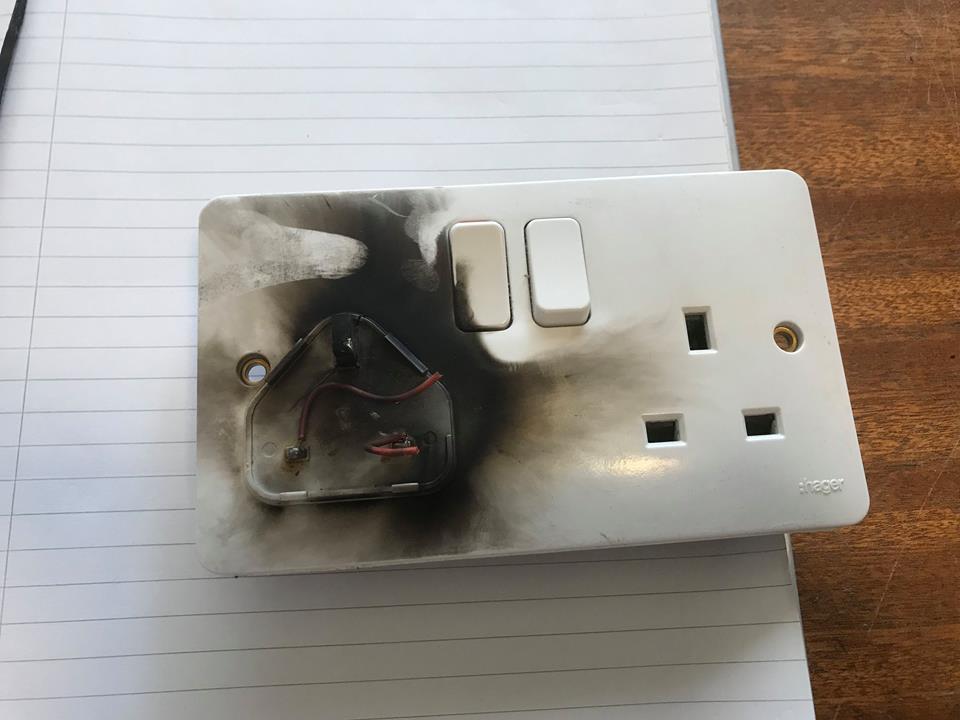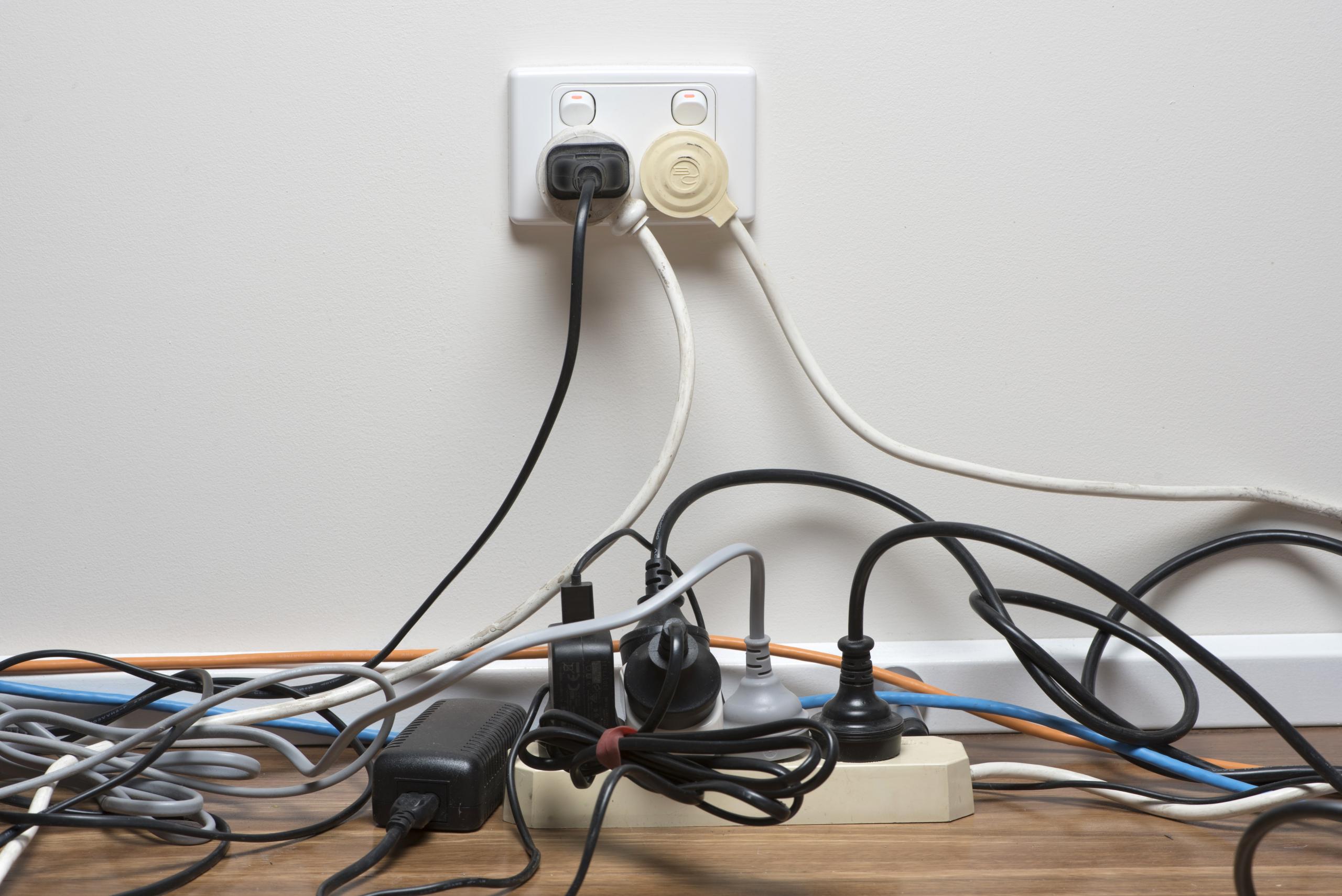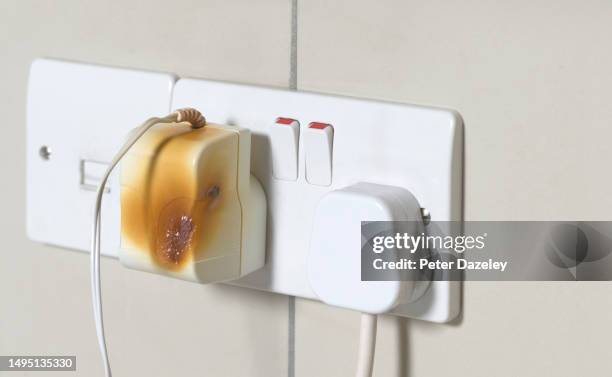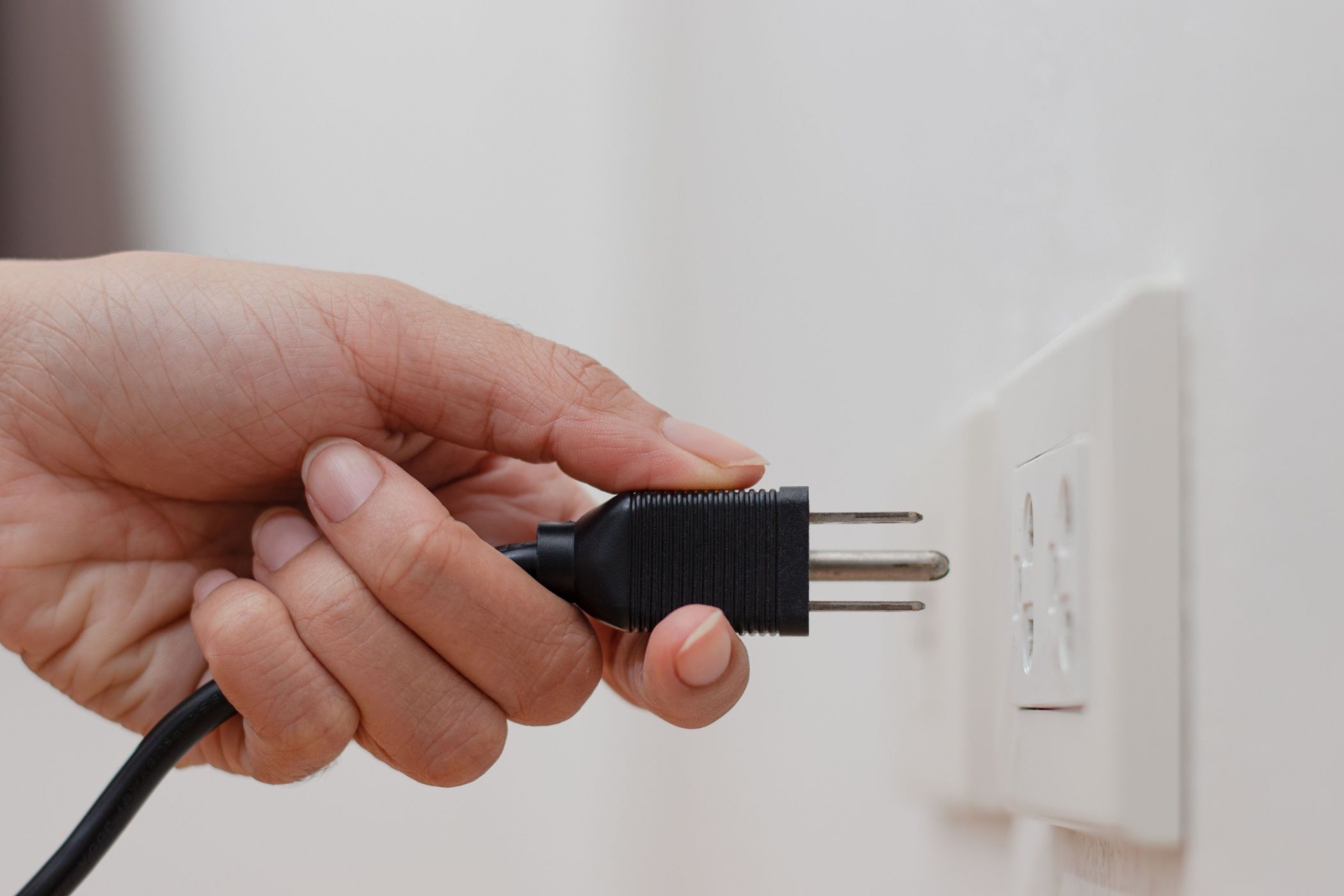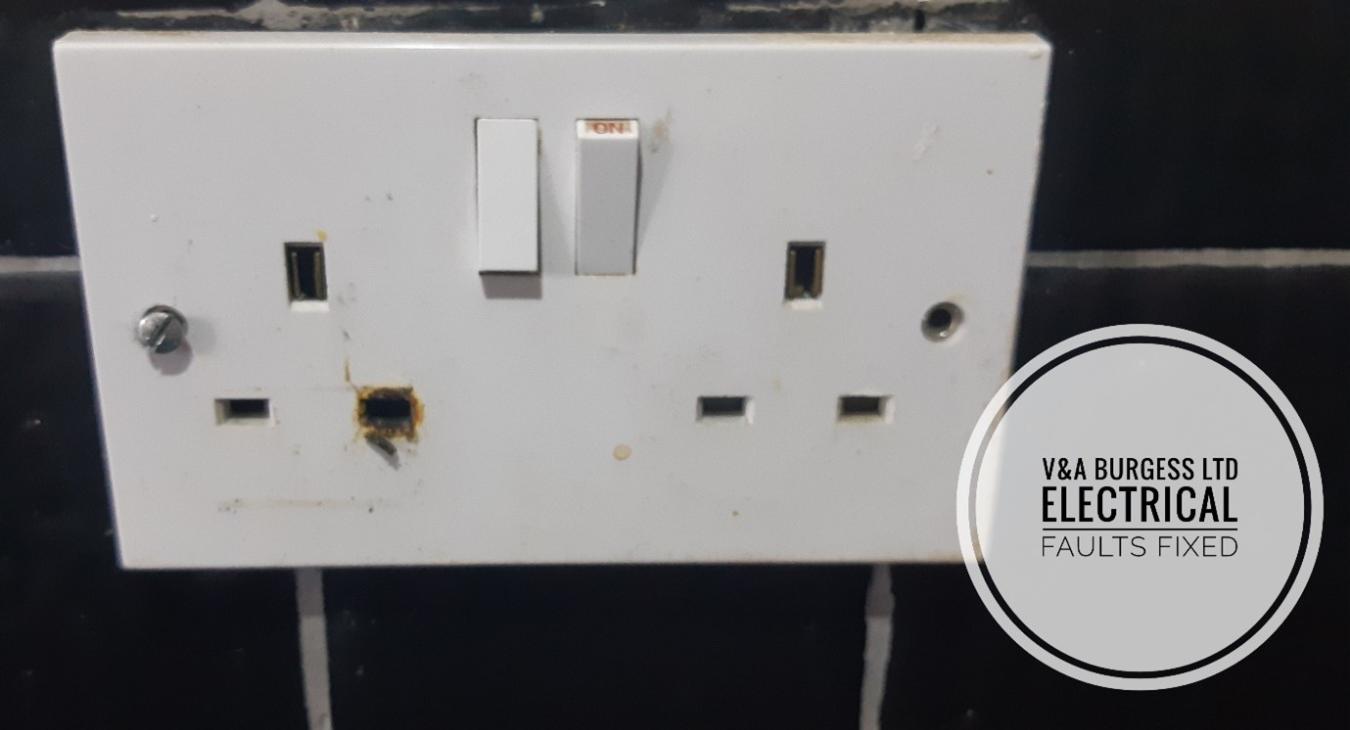How To Stop A Plug Overheating
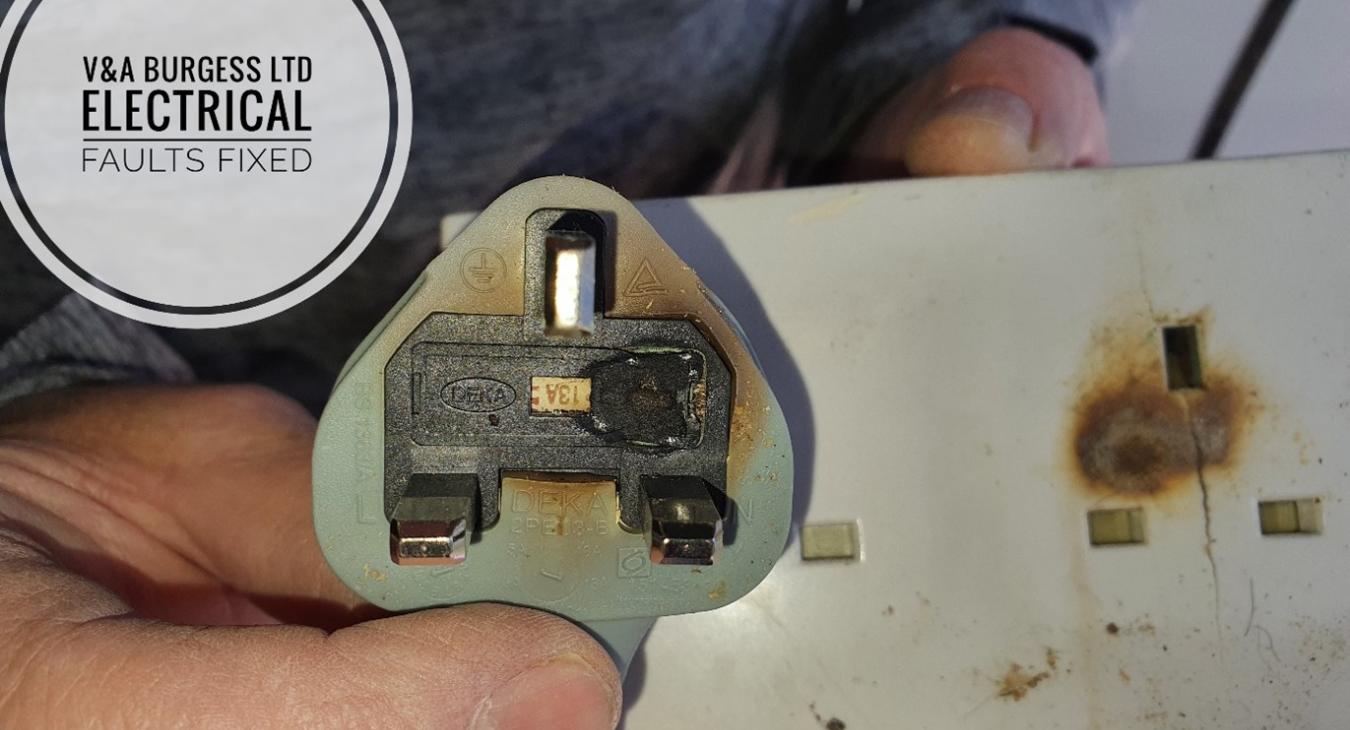
The acrid smell of burning plastic, the disconcerting flicker of lights – these are warning signs no one wants to experience. Overheating plugs are not just an inconvenience; they're a serious fire hazard, responsible for countless electrical fires each year. Understanding the causes and knowing how to prevent this dangerous situation is crucial for ensuring the safety of your home and loved ones.
This article provides a comprehensive guide on preventing plug overheating. We will explore the common culprits, from overloaded circuits and loose wiring to faulty appliances and improper usage, offering practical steps and preventative measures. By understanding the risks and implementing these strategies, you can significantly reduce the likelihood of a dangerous electrical incident.
Understanding the Culprits Behind Overheating Plugs
Several factors can contribute to a plug overheating. Identifying these common causes is the first step in preventing potential hazards.
Overloaded Circuits: A Recipe for Disaster
One of the most frequent causes is overloading a circuit. Each circuit in your home is designed to handle a specific amount of electrical current. When you plug in too many high-wattage appliances into a single circuit, it can become overloaded, causing the wiring and the plug to overheat.
According to the Electrical Safety Foundation International (ESFI), overloaded circuits are a leading cause of residential electrical fires. Avoid using multiple high-powered devices simultaneously on the same circuit. Consider using a circuit analyzer to determine the load on different circuits.
Loose Wiring: A Silent Threat
Loose wiring, either within the plug itself or at the outlet, can also lead to overheating. When connections are not tight, it creates resistance, generating heat as electricity struggles to flow. Regular inspection of plugs and outlets is critical.
If you notice any flickering lights or sparks when plugging in or unplugging an appliance, it could indicate loose wiring. Do not attempt to fix loose wiring yourself unless you are a qualified electrician. Contact a professional immediately to address the issue.
Faulty Appliances: Hidden Dangers
Defective appliances can draw excessive current or create internal shorts, leading to plug overheating. Appliances with frayed cords or damaged components are particularly risky.
Always inspect appliances for damage before use. Look for signs of wear and tear, such as cracked casings, frayed cords, or loose connections. Discontinue using any appliance that shows signs of damage and have it repaired or replaced.
Improper Usage: Neglecting Safety
Improper usage, such as using extension cords as a permanent wiring solution or plugging appliances into damaged outlets, can also contribute to overheating. Extension cords are intended for temporary use and should not be overloaded.
Avoid daisy-chaining extension cords, as this further increases the risk of overloading the circuit. Ensure that all electrical outlets are in good condition and properly grounded. If you have concerns about the adequacy of your electrical system, consult a qualified electrician.
Preventative Measures: A Proactive Approach
Taking proactive steps can significantly reduce the risk of plug overheating. Here are some essential preventative measures.
Regular Inspections: A Key to Early Detection
Conduct regular inspections of your plugs, outlets, and electrical cords. Look for signs of damage, such as discoloration, cracks, or frayed wires. Pay attention to any unusual smells or noises coming from electrical outlets or appliances.
If you notice any signs of damage or malfunction, immediately discontinue use and address the issue. Addressing problems early can prevent them from escalating into more serious hazards.
Using Surge Protectors: Shielding Your Devices
Surge protectors can help protect your appliances and prevent overheating by regulating the flow of electricity. They divert excess voltage away from your devices, protecting them from damage and reducing the risk of overheating.
Choose surge protectors with adequate joule ratings to protect against surges. Replace surge protectors every few years, as their effectiveness diminishes over time.
Understanding Wattage Ratings: Matching the Load
Pay attention to the wattage ratings of your appliances and the maximum wattage capacity of your circuits. Never exceed the maximum wattage capacity of a circuit.
Use a wattage meter to determine the power consumption of your appliances. Distribute high-wattage appliances across different circuits to avoid overloading.
Professional Assistance: When in Doubt, Seek Help
If you are unsure about any aspect of your electrical system, consult a qualified electrician. A professional can assess your electrical system, identify potential hazards, and recommend appropriate solutions.
Do not hesitate to seek professional assistance for any electrical work. Working with electricity can be dangerous, and it is always best to err on the side of caution.
Looking Ahead: The Future of Electrical Safety
Advancements in technology and increased awareness are contributing to a safer electrical environment. Smart plugs and circuit breakers offer advanced features, such as real-time monitoring of energy consumption and automatic shut-off in case of overloads.
Continued education and awareness campaigns are essential for promoting safe electrical practices. By staying informed and taking proactive steps, we can create a safer environment for ourselves and future generations.
Ultimately, preventing plug overheating requires vigilance, understanding, and a commitment to safety. By implementing the measures outlined in this article, you can significantly reduce the risk of electrical fires and protect your home and family.

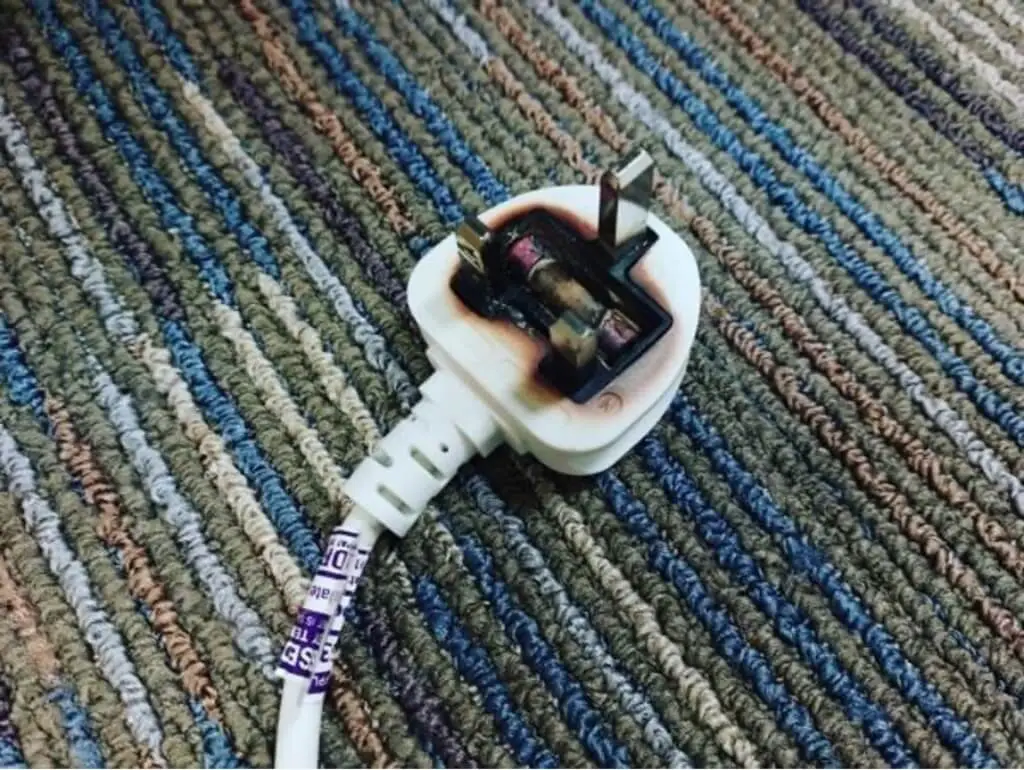
![How To Stop A Plug Overheating Most Common Wiring Problems [You Need to Know]](https://www.montgomeryelec.com/wp-content/uploads/Burnt-electrical-plug-881x1024.jpg)


